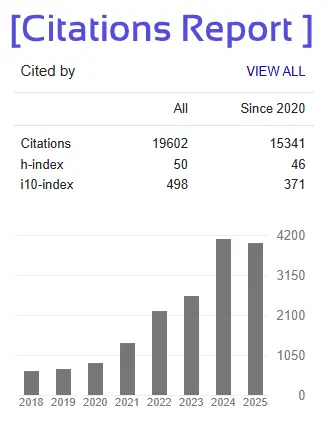Evolution of BMS Architectures in Electric Vehicles Using Lithium-Ion Technology
Satya Narayan1, Dr. Nempal Singh2
1. Research Scholar, Department of Physics, Shri Venkateshwara University Gajraula (U.P)
2. Director, Indraprastha Institute of Technology, Amroha
Abstract
The shift to sustainable transportation has markedly expedited the advancement of Electric Vehicles (EVs), with Lithium-Ion (Li-ion) batteries being the preeminent energy storage technology. Battery Management Systems (BMS) are essential for the performance, safety, and dependability of electric vehicles, as they monitor and regulate battery characteristics. The architecture of BMS has progressed from rudimentary monitoring units to sophisticated, modular systems that can accommodate the intricate requirements of contemporary electric drivetrains. This abstract offers a detailed examination of the progression of Battery Management System designs in electric vehicles utilizing lithium-ion technology, emphasizing significant innovations, design frameworks, and prospective developments.
Initially, first-generation Battery Management System (BMS) systems were centralized, with a singular control unit overseeing all cells within a battery pack. These systems included fundamental features including voltage, current, and temperature monitoring, cell balancing, and state-of-charge (SoC) estimates. Nevertheless, centralized Battery Management Systems shown constraints in scalability, fault tolerance, and thermal regulation, especially in extensive battery packs characteristic of electric cars. With the expansion of battery pack dimensions and the escalation of vehicle complexity, distributed Battery Management System (BMS) architectures were developed, wherein control functions were allocated across many modules, each overseeing a section of the battery pack. These layouts expanded scalability, increased data acquisition precision, and diminished wiring complexity, resulting in improved system durability and maintenance efficacy.
In conclusion, the advancement of BMS designs in electric vehicles utilizing Li-ion technology demonstrates a dynamic transition from basic centralized systems to complex, intelligent, and wireless frameworks. This shift is propelled by the necessity for enhanced safety, performance, modularity, and digital integration. Future trends indicate an increased integration of Battery Management Systems (BMS) with vehicle control units, augmented artificial intelligence capabilities, and improved compatibility with novel battery chemistries, positioning the BMS as a pivotal element in the evolution of the electric vehicle sector.
Keyword: Battery Management System, Electric Vehicles (EVs), Lithium-Ion (Li-ion) batteries, Digital integration







